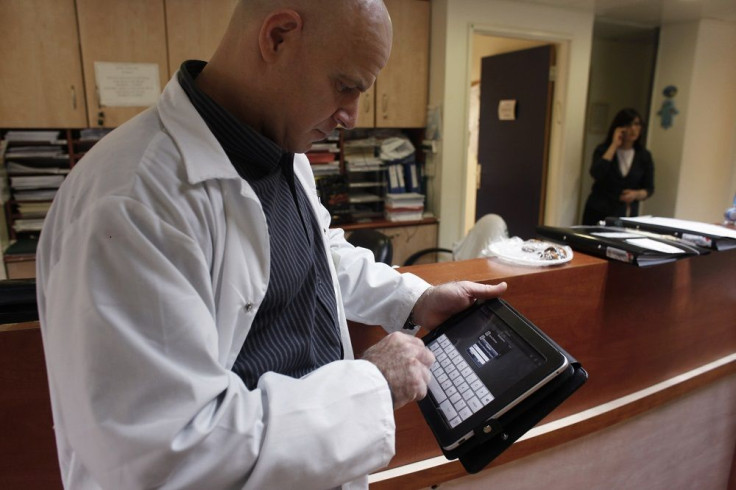Telehealth popularity lifts further with tech advancements

Telemedicine, or commonly referred to as telehealth, may just be a future game-changer for patients and doctors in terms of health care, says Forbes . Medical consultations and procedures are now slowly being performed remotely over an Internet-connected mobile device or a desktop computer, similar to what we see in science fiction movies.
This form of patient care is gaining popularity as an alternative to emergency care or minor cases such as colds or ear infection. In fact, from the same Forbes report, some hospitals, pharmaceutical and medical insurance companies are adopting this form of digital health care, including the Blue Cross Blue Shield of Massachusetts.
In the not-so-distant future, patients can now turn to their Internet-connected mobile phone or desktop computer, have their vital signs checked, and let doctors prescribe medication based on their lab results. What makes this scenario an interesting concept is that these medical procedures can all be done virtually, in the comforts of patients’ own home or office. Telehealth is a technology that many medical practitioners are already adapting.
Telemedicine, an advantage
ICU Care defines telemedicine, also known as telehealth, as the electronic exchange of medical information from one site to another, with the aim of improving, maintaining or assisting a patient’s health status. Telemedicine brings basic medical services and procedures such as medical prescriptions and vital signs checking closer to patients through remote access using a mobile phone or desktop that alerts physician through a connected computer or mobile phone. The technology includes videoconferencing, transmission of still images, remote monitoring of patient’s vital signs, medical education and nursing call centers.
In the past two years, studies were conducted to analyse the views and opinions of physicians who appeared to be first-hand implementers of telemedicine or telehealth. Key findings from the 2015 Graham Center report showed that 15 percent of family physicians have adopted telehealth within the last year. Surprisingly, 29 percent of these physicians used telehealth in the rural setting where diagnoses and treatments were conducted, along with chronic disease management and follow-up with patients.
When its effect on the patient’s health was monitored, 89 percent of the users agreed that it improved their health, along with 77 percent of non-users who perceived that the effect was true.
The benefits behind adopting telehealth, based on the International Journal of Advanced Research in Computer and Communication Engineering journal published in 2014, provides sustained communication for data transmission on monitoring patient’s medical condition at any given time.
The technology used in the transmission of medical data employs Bluetooth, Wi-Fi connection and Internet Android mobile and mobile connection. In cases where mobile connections were weak, the proponents of the system indicated the use of wireless access technologies to further improve Internet connection for faster transmission of data. This technology that aid in the improvement of mobile connectivity is evident in today’s mobile technology such signal boosters like Uber Signal and network extender such as those from 5BARz International .
Overall, according to the Graham Center report, the results of the findings suggest that physicians are ready to embrace the technology in helping improve primary care services, provided certain technological issues and regulatory hurdles are resolved.
According to skeptics, certain issues on the future of medicine should be resolved including security, affordability and privacy, along with other issues. While there are varied benefits accompanying the program such as cost effectiveness and accessibility, there are certain key discussions on the widespread implementation of this programme.





















